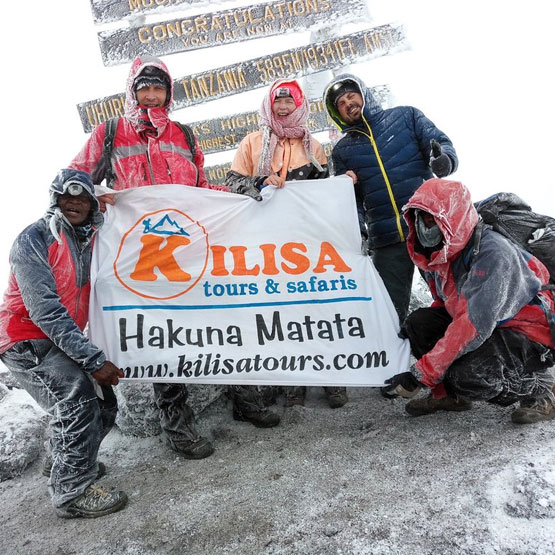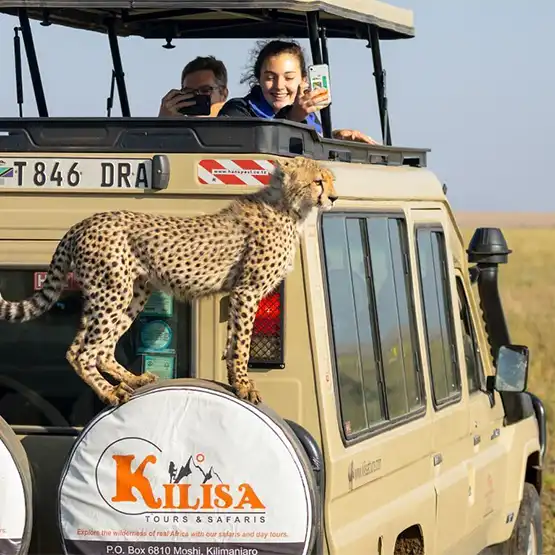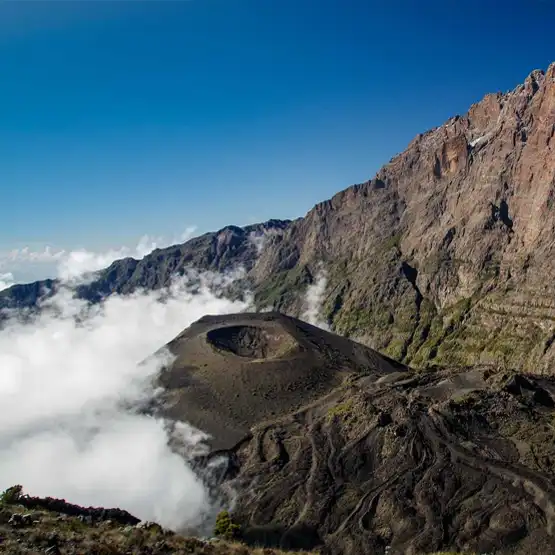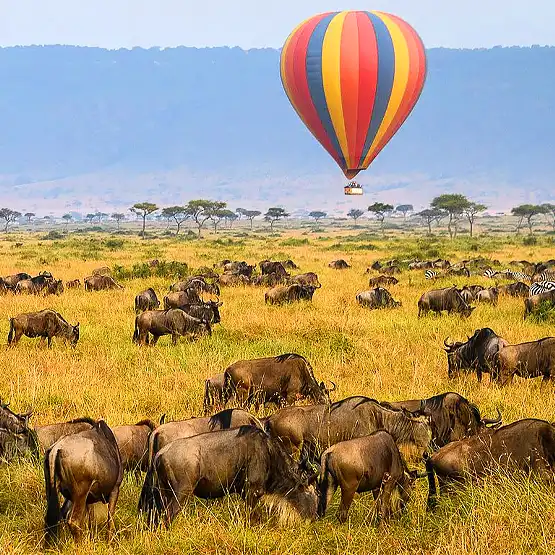Kilimanjaro Trek Start 2025 Adventure
What better way to begin 2025 than by standing on the “Roof of Africa”? Mount Kilimanjaro, Africa’s highest peak, offers an unforgettable adventure for trekkers looking to push their limits, soak in breathtaking views, and start the year on a high note—literally.
Here’s your ultimate guide to making Kilimanjaro your first epic accomplishment of 2025.
Why Kilimanjaro Is the Perfect New Year’s Challenge
1. A Symbol of Achievement: Climbing Kilimanjaro is more than a trek; it’s a personal victory. Reaching Uhuru Peak at 5,895 meters (19,341 feet) is a milestone that will set the tone for a year of success.
2. Diverse Routes for Every Adventurer: From the scenic Lemosho Route to the quick-paced Marangu Route, Kilimanjaro offers options for every type of trekker.
3. The Thrill of Starting Fresh: There’s no better way to embrace the spirit of the New Year than by tackling one of the world’s most iconic mountains.
Choosing Your Route
Kilimanjaro has several trekking routes, each with unique features and challenges:
1. Lemosho Route
- Duration: 7–8 days
- Highlights: Stunning views, excellent acclimatization, and fewer crowds.
2. Machame Route
- Duration: 6–7 days
- Highlights: Nicknamed the “Whiskey Route,” it offers dramatic scenery and a challenging climb.
3. Marangu Route
- Duration: 5–6 days
- Highlights: The only route with hut accommodations, making it a comfortable choice.
4. Northern Circuit Route
- Duration: 9 days
- Highlights: The longest and most scenic route, ideal for acclimatization.
When to Climb Kilimanjaro in 2025
The best trekking months for Kilimanjaro are January to March and June to October. Kicking off your climb in early January means fewer crowds and clear skies for unbeatable summit views.
Preparing for Your Kilimanjaro Adventure
1. Physical Training: Start a fitness routine 2–3 months before your trek. Focus on cardio, strength training, and endurance hikes to prepare your body for long days on the trail.
2. Gear Up: Pack essentials like layered clothing, a good sleeping bag, trekking boots, and trekking poles. Don’t forget snacks and hydration packs to keep you energized.
3. Altitude Awareness: Acclimatization is key. Choose a longer route to increase your chances of reaching the summit safely.
What to Expect on the Trail
1. Day-to-Day Trekking: You’ll spend 4–9 days hiking through diverse landscapes, including rainforests, moorlands, and alpine deserts.
2. Summit Night: The push to Uhuru Peak starts at midnight. It’s a grueling but rewarding experience, with the sunrise over the African plains as your ultimate reward.
3. Wildlife Encounters: Keep an eye out for unique flora and fauna, from colobus monkeys in the rainforest to giant groundsels in the alpine zone.
Why 2025 Is the Year for Kilimanjaro
1. Post-Pandemic Wanderlust: With global travel fully reopened, more adventurers are eyeing Kilimanjaro as their next big journey.
2. A Unique Celebration: Standing atop Africa on New Year’s Day is a once-in-a-lifetime experience.
3. Sustainability Efforts: Tour operators are emphasizing eco-friendly trekking, ensuring your climb supports local communities and protects the mountain’s fragile ecosystem.
The Climbing Experience: Day-by-Day
Day 1: Arrival and Briefing: Fly into Kilimanjaro International Airport and head to Moshi or Arusha. Meet your guides, check your gear, and prepare for the adventure ahead.
Day 2: Starting the Trek: Depending on your route, you’ll hike through lush rainforests and arrive at your first camp or hut.
Day 3–8: Climbing Higher: Each day brings new terrains, from heather zones to alpine deserts. Rest at campsites and enjoy the camaraderie of fellow trekkers.
Day 9: Summit Day: This is it! You’ll start your climb under the stars, aiming to reach Uhuru Peak by sunrise. After savoring the views, descend to lower altitudes for a well-earned rest.
Day 10: Return to Base: Celebrate your achievement with a descent to the trailhead and a transfer back to your hotel.
What Makes Kilimanjaro Special?
1. Accessibility: Kilimanjaro is one of the world’s few high peaks that doesn’t require technical climbing skills.
2. Cultural Connections: Interact with local guides and porters, learning about the Chagga culture and their deep ties to the mountain.
3. Panoramic Views: From the summit, enjoy breathtaking vistas of Tanzania’s landscapes, including views of Mount Meru and the Great Rift Valley.
Starting 2025 with a Kilimanjaro trek isn’t just an adventure—it’s a statement. It’s about embracing challenges, pushing limits, and making unforgettable memories. Whether you’re trekking solo, with friends, or as part of a group, Kilimanjaro is the ultimate New Year’s resolution for anyone seeking inspiration and excitement.
FAQs
1. Do I need experience to climb Kilimanjaro?
No technical experience is required, but physical fitness and determination are essential.
2. How much does a Kilimanjaro trek cost?
Expect to pay between $1,500 and $3,500, depending on the route and operator.
3. What is the success rate for reaching the summit?
Success rates vary by route, with longer routes like Lemosho having higher success rates of up to 90%.
4. What should I pack for the trek?
Pack layered clothing, sturdy boots, a sleeping bag, trekking poles, a headlamp, and plenty of snacks.
5. Can I combine Kilimanjaro with a safari?
Absolutely! Many climbers extend their trip with a safari to Serengeti, Ngorongoro Crater, or Tarangire National Park.






